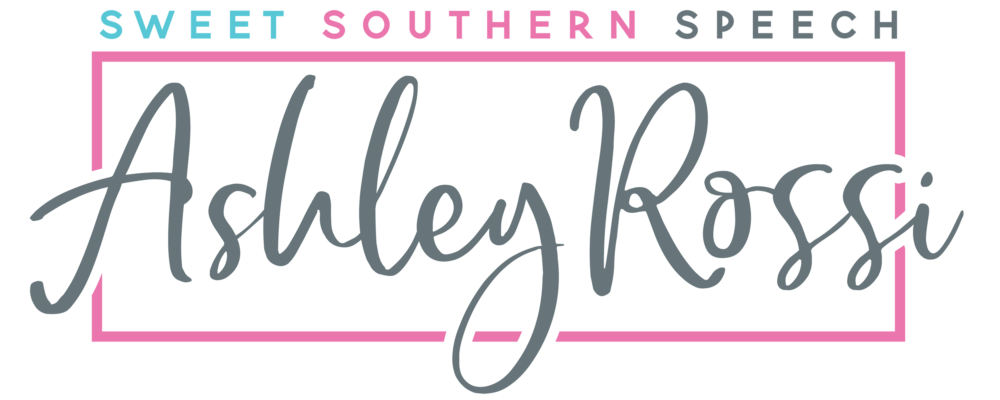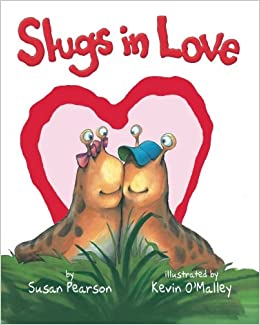Marylou loves everything about Herbie―how his slime trail glistens in the dark, how he can stretch himself thin to squeeze inside the cellar window, and how he always finds the juiciest tomatoes. But Marylou is a shy slug. How can she get Herbie to notice her? Find out how Marylou woos her beloved in this must-have love story that’s perfect for Valentine’s Day.
This delightful Valentine’s Day book can be used in speech therapy to address social/emotional issues like liking someone and not giving up. It is also great for rhyming and for targeting grammar including a variety of adjectives, verbs, prepositions and complex sentences as well as for inferencing. It can also be used to target /r/ vocalic and /l/ initial sounds! Discover more of the speech and language teaching concepts for using Slugs in Love in speech therapy below:



